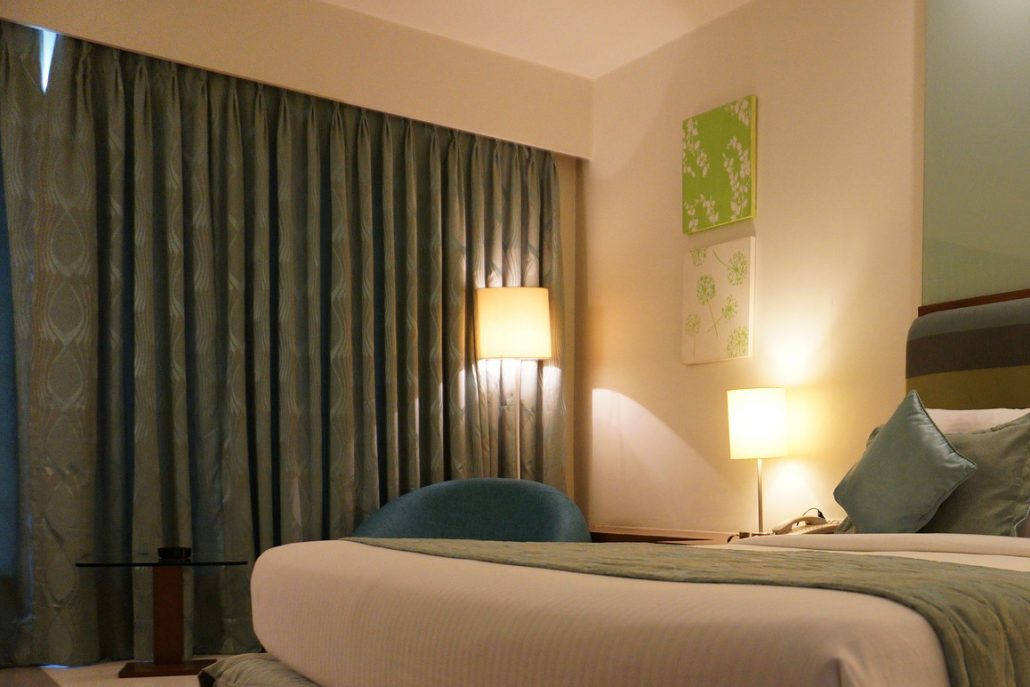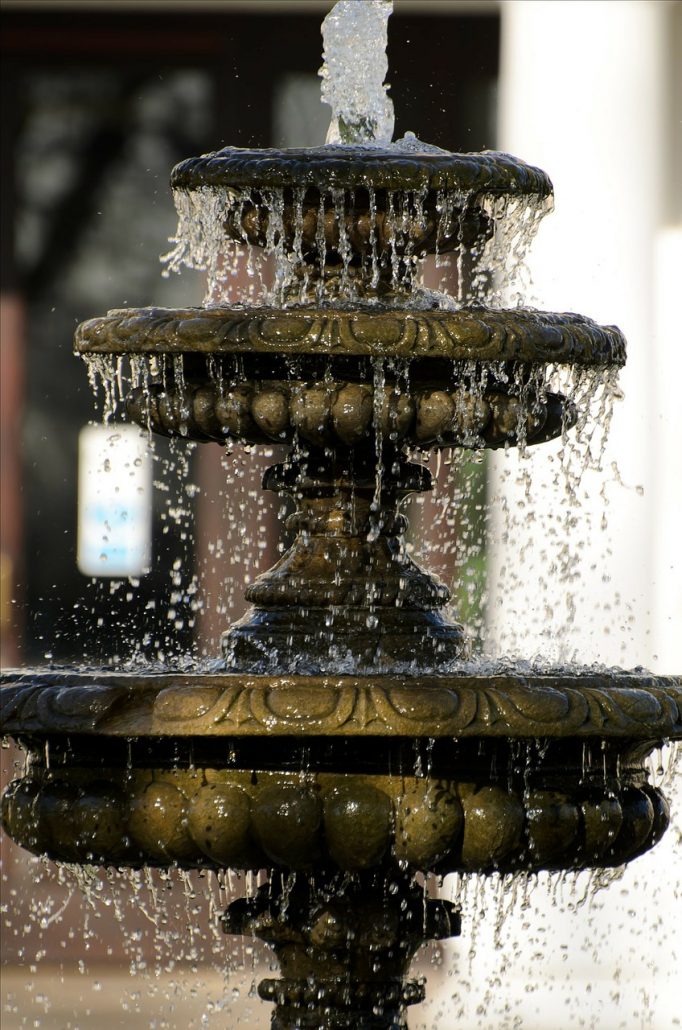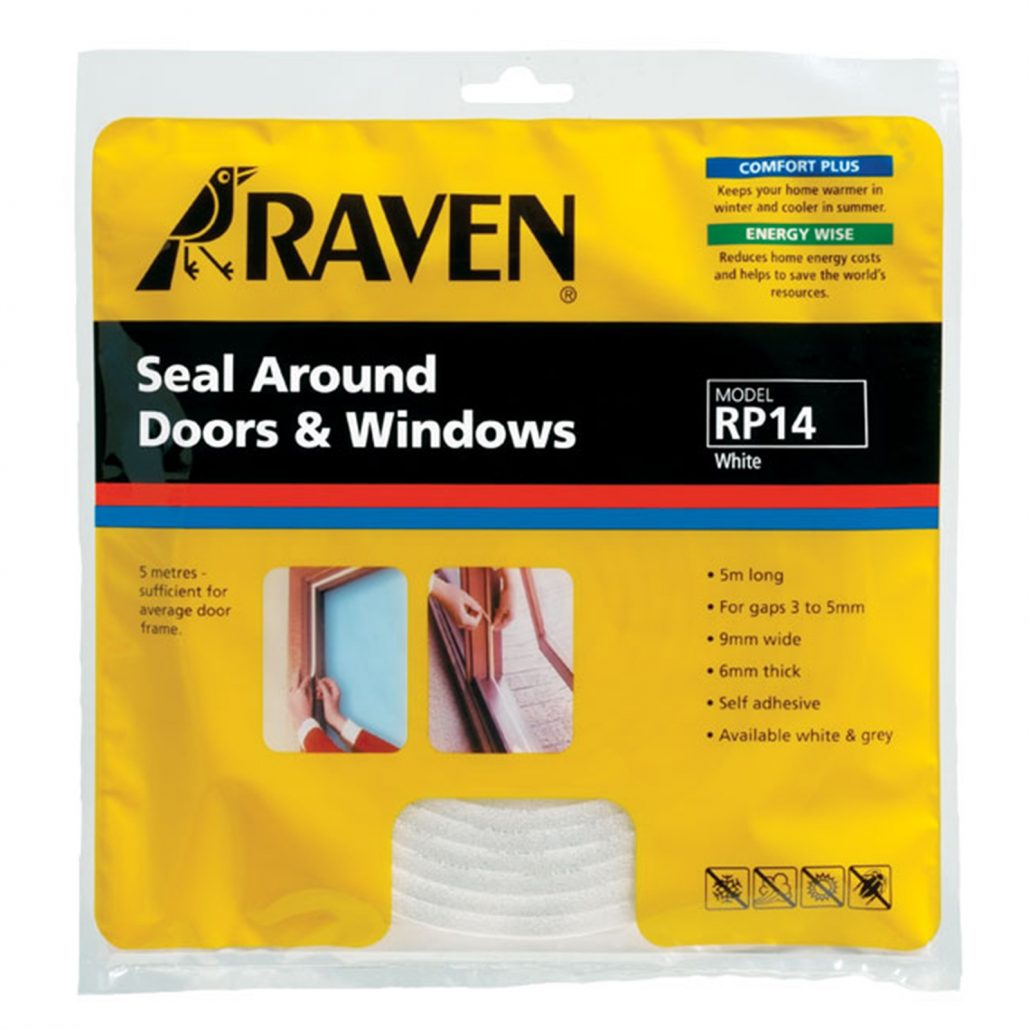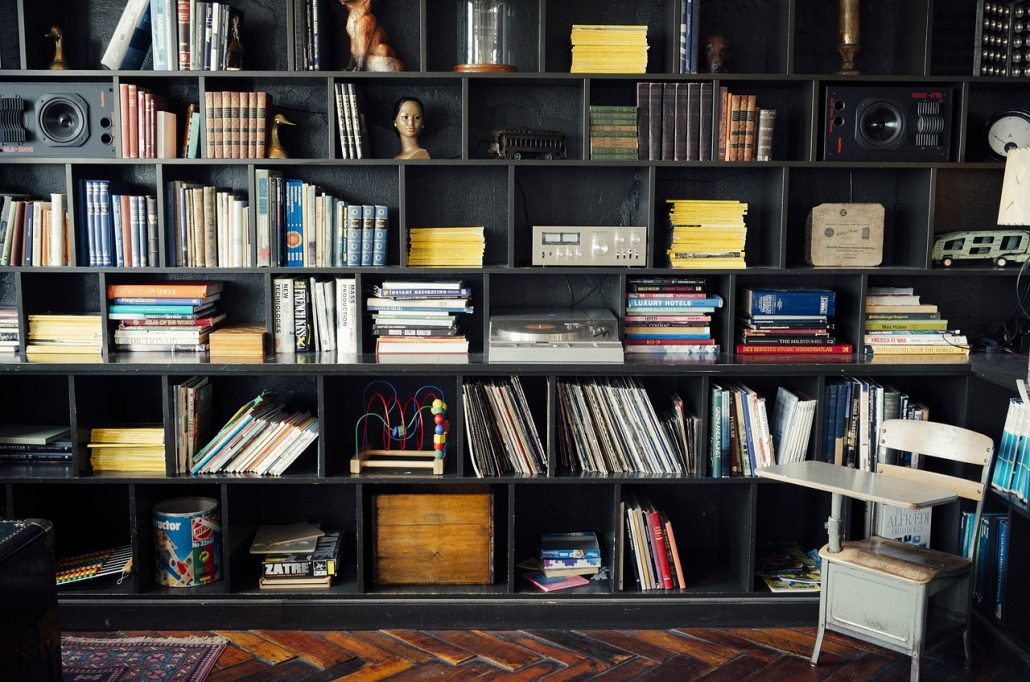Of course, the best way to minimise noise is to insulate your ceilings, add a layer of gyprock to the walls and double glaze the windows. These methods are also invasive to the structure and expensive. So here are some less expensive solutions.
 1. Curtains
1. Curtains
Curtains can be excellent sound barriers. If you already have curtains try an additional layer of thermal lining or a 2nd curtain.
2. White Noise
White Noise like the noise from a fountain is a less irritating and often relaxing noise that will drown out other more irritating sounds.
3. Noise Deflectors
Noise Deflectors can be as simple as a sign for your business placed between your home and the road, to a well-placed garden shed or caravan.
4. Door & Window Seals
Why does double glazing work? Because they are sealed units.
The STC (sound transmission class) rating of a window determines how much sound is blocked. The average window in your home could have an STC between around 20 and 24 and double glazed windows between about 26 and 32. Note: It’s not so much the double glazing preventing noise, importantly it’s the airtight seal and caulking preventing airflow and sound.
One cheap and useful product to seal doors and windows is Raven RP14 5mm self-adhesive foam tape (Bunnings).
5. Natural Sound Barrier – Gardens
Trees, hedges and gardens all help to reduce sound, some more than others. Large trees deflect sound and hedges and foliage absorb sound, and all of them create white noise.
Large trees deflect sound like islands deflect waves in the ocean. Enough trees will cause sound waves to collide which may also help to reduce the energy of the sound wave a little.
Hedges and foliage have small branches and leaves which vibrate when bombarded with sound. This is sound being absorbed.
A thirty-metre buffer may reduce sound by around 5 to 8db.
 6. Furniture Placement
6. Furniture Placement
Bookshelves, cupboards and storage units all help to reduce noise. The fuller the cupboard, the more sound will be absorbed. Try to fill the space from the floor to the ceiling as much as possible.



 1. Curtains
1. Curtains

 6. Furniture Placement
6. Furniture Placement